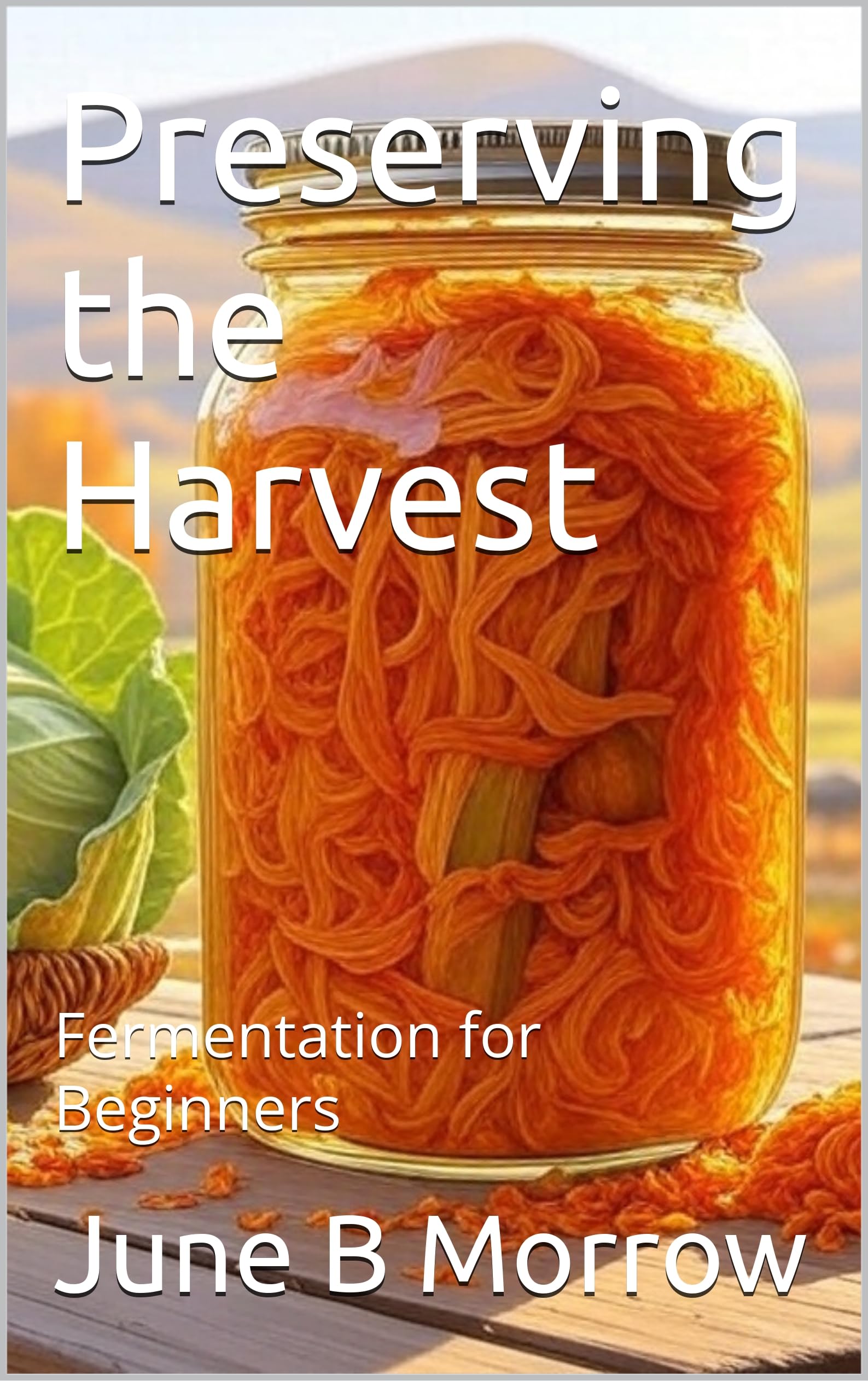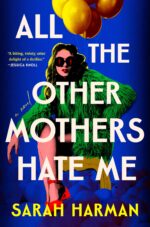Preserving the Harvest: Fermentation for Beginners by June is a heartfelt, practical guide to the art of lacto-fermentation, inviting readers to transform fresh vegetables into tangy, probiotic-rich foods like sauerkraut, kimchi, and pickled vegetables. Rooted in June’s life in Roan Mountain, Tennessee, the book weaves her personal story—growing up with her grandmother’s bubbling crocks, rediscovering fermentation after a stint in the city, and sharing her creations at the Roan Mountain Farmers’ Market—into a beginner-friendly roadmap for preserving seasonal bounty. With a warm, conversational tone, June demystifies fermentation, making it accessible to home cooks eager to explore gut-healthy, sustainable food practices without needing fancy equipment or prior experience.The book opens with an introduction that sets the stage: June paints a vivid picture of her Appalachian roots, where preserving the harvest was a way of life, and her journey to running Morrow’s Fermentary, a beloved market stall where jars of kraut and pickles spark conversations. She explains fermentation’s magic—how salt and time turn cabbage into a living, flavorful food—while highlighting its health benefits, like probiotics for digestion, and its role in reducing food waste. The introduction invites readers to join her at the kitchen counter, promising simple recipes and the joy of cracking open a homemade jar.The core of the book is divided into three recipe chapters, each bursting with approachable, market-inspired creations:Sauerkraut: Five recipes kick things off with the fermentation classic. From Classic Sauerkraut—June’s grandmother’s no-frills staple—to Spicy Jalapeño Sauerkraut for bold palates, these recipes teach the basics of salting, massaging, and packing cabbage. Variations like Apple & Ginger and Red Cabbage & Beet add seasonal flair, reflecting June’s garden experiments. Each recipe includes imperial and metric measurements, detailed jar preparation (cleaning, weighting, storing), and nutritional facts, emphasizing gut health through probiotics, fiber, and vitamins C and K.Kimchi: Four recipes dive into Korea’s fiery icon. Beginner’s Napa Kimchi eases newbies in with mild flavors, while Traditional Spicy Kimchi delivers authentic heat with gochugaru and optional fish sauce. Radish Kimchi (Kkakdugi) and Green Onion Kimchi showcase versatility, using market staples June loves. Instructions cover salting cabbage, mixing pastes, and fermenting safely, with nutritional data highlighting vitamin C and antioxidants.Pickled Vegetables: Fifteen recipes round out the collection, transforming everything from cucumbers to eggplant. Standouts include Dill Pickle Cucumbers, Garlic Green Beans, and Pickled Beets with Cloves, alongside creative picks like Fermented Cherry Tomatoes and Pickled Mushrooms. Each recipe offers step-by-step guidance—trimming, brining, weighting—and nutritional breakdowns, underscoring fermentation’s role in boosting gut-friendly microbes and preserving nutrients.Each chapter includes a concise history of fermented foods, tracing sauerkraut to ancient China, kimchi to Korea’s gimjang tradition, and pickles to Mesopotamia’s briny roots. June explains why fermentation supports gut health: Lactobacillus bacteria create lactic acid, fostering probiotics that balance the microbiome, aid digestion, and enhance immunity. Her Roan Mountain anecdotes—like trading beets for kraut or tweaking kimchi for market regulars—make the science feel personal and the recipes relatable.The conclusion reflects on fermentation as a craft that connects past and present, urging readers to keep experimenting. It features June’s top five tips (e.g., “taste as you go,” “keep it submerged”), ten fascinating facts (like fermentation’s 10,000-year history or its use by NASA), and five wild ferments she’s encountered (think squirrel kraut or pine needle sauerkraut), adding whimsy and inspiration.
save
$2.99Preserving the Harvest: Fermentation for Beginners Harvest Book
$0.00$2.99
Preserving the Harvest: Fermentation for Beginners by June is a heartfelt, practical guide to the art of lacto-fermentation, inviting readers to transform fresh vegetables into tangy, probiotic-rich f…
| book-author |
|---|











